Prickly sida or tea weed has increasingly become more of an issue in soybeans. There are two reasons for this. First, the Group 15 herbicides (Dual Mag, Warrant, Zidua) are the most common PRE-applied herbicides utilized. Though that group of herbicides provides good residual control of pigweed and grasses, it provides no help on sida. Second, is that glyphosate nor dicamba has ever been very effective on this weed. The only POST option that can give some control is Liberty. However, even Liberty is limited to controlling only very small (<3”) prickly sida. Continue reading
Category Archives: Weeds
It is “Burndown Time in Tennessee.”
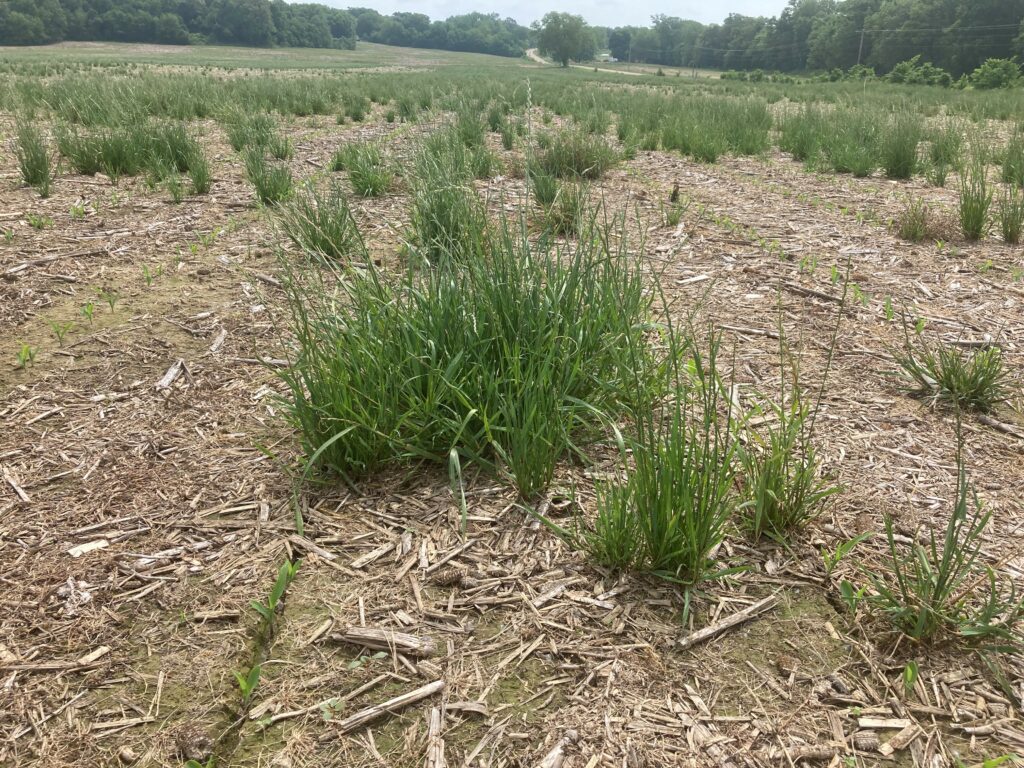
The combination of some lingering supply chain issues, most notably Sharpen and Verdict are in tight supply, with the ever-increasing presence of herbicide resistant weeds has made burndown time more of a challenge. On a positive note, glyphosate is in great supply and down in price about 40% compared to last year. Continue reading
Metribuzin Injury in Wheat
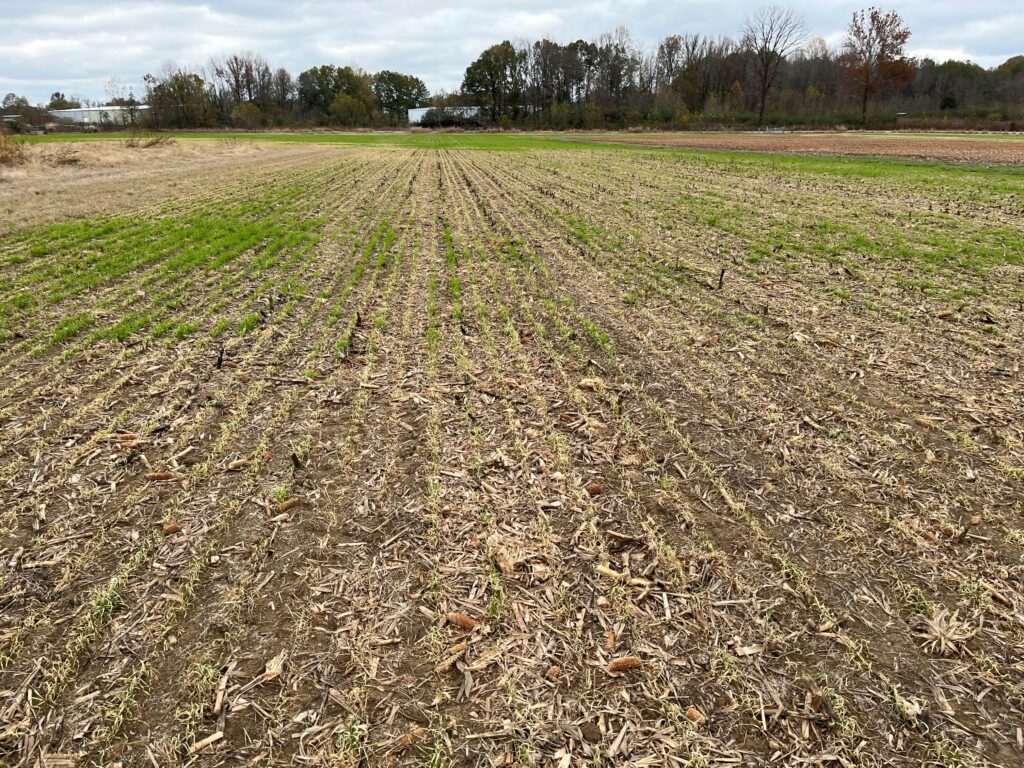
We have gotten several reports of wheat showing metribuzin injury this week. In some cases it clearly was caused by metribuzin (Picture 1). In other cases, the visual injury would suggest frost damage (Picture 2). Continue reading
Weed Management Report Card 2022
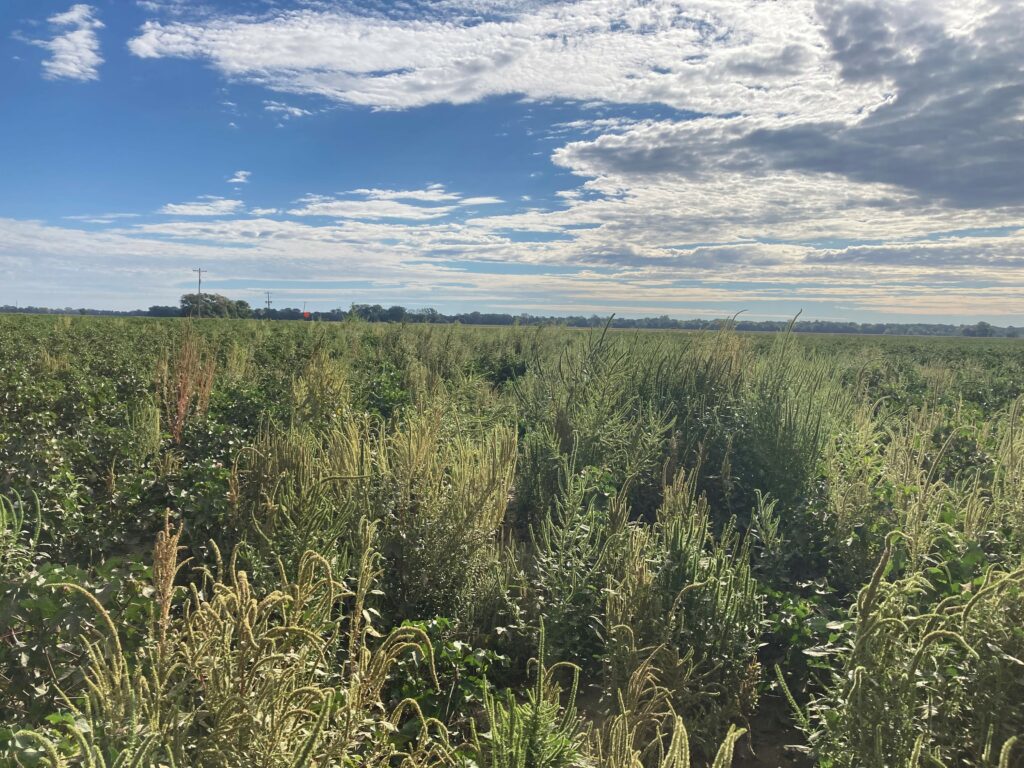
Every fall we travel around the state and observe the overall success or failure of weed control in our row crops. From the Palmer amaranth standpoint a few too many fields look like a failure. Particularly, from Gibson county across to Lauderdale county cotton and soybean fields ranged from clean fields to fields with more weeds than one would like (Picture 1) to completely grown up pigweed messes (Picture 2). Continue reading
Dicamba-Resistant Waterhemp Becoming a Real Issue in Middle Tennessee Counties Bordering Kentucky
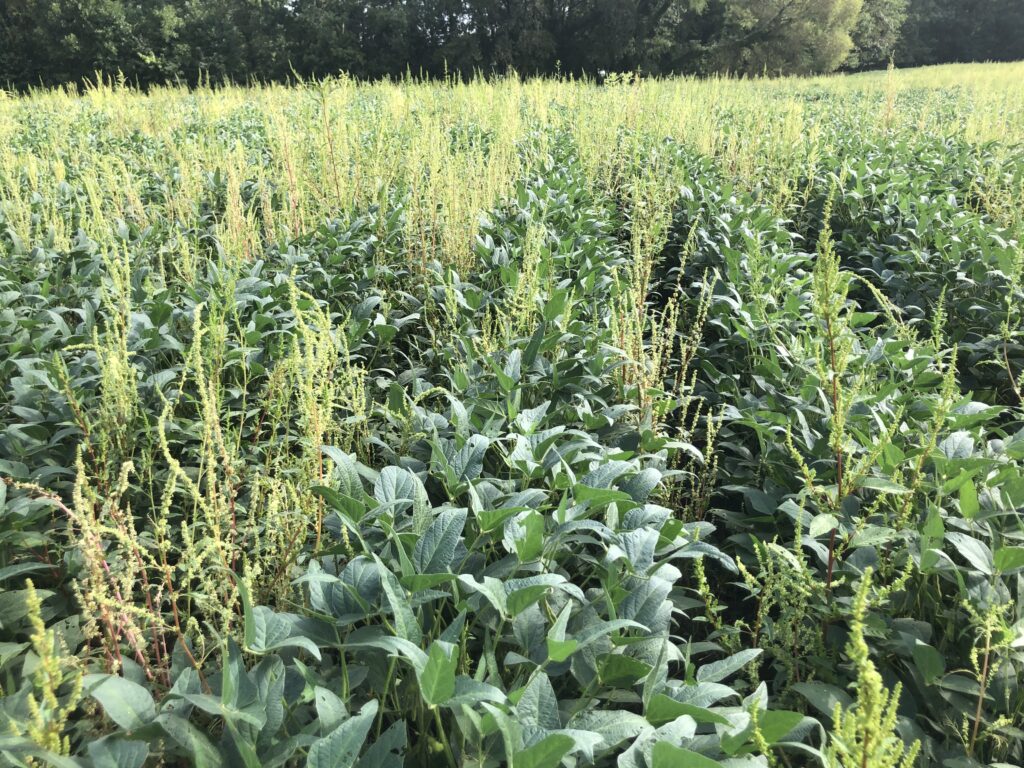
For the past several weeks we are getting reports of waterhemp escaping dicamba application/s from retailers and consultants scouting fields in Montgomery and Macon counties. As one retailer so aptly described it today “combines have spread it and we are fighting it all over the county now”. Continue reading
New Data on Controlling XtendFlex Volunteer Soybean in XtendFlex Cotton
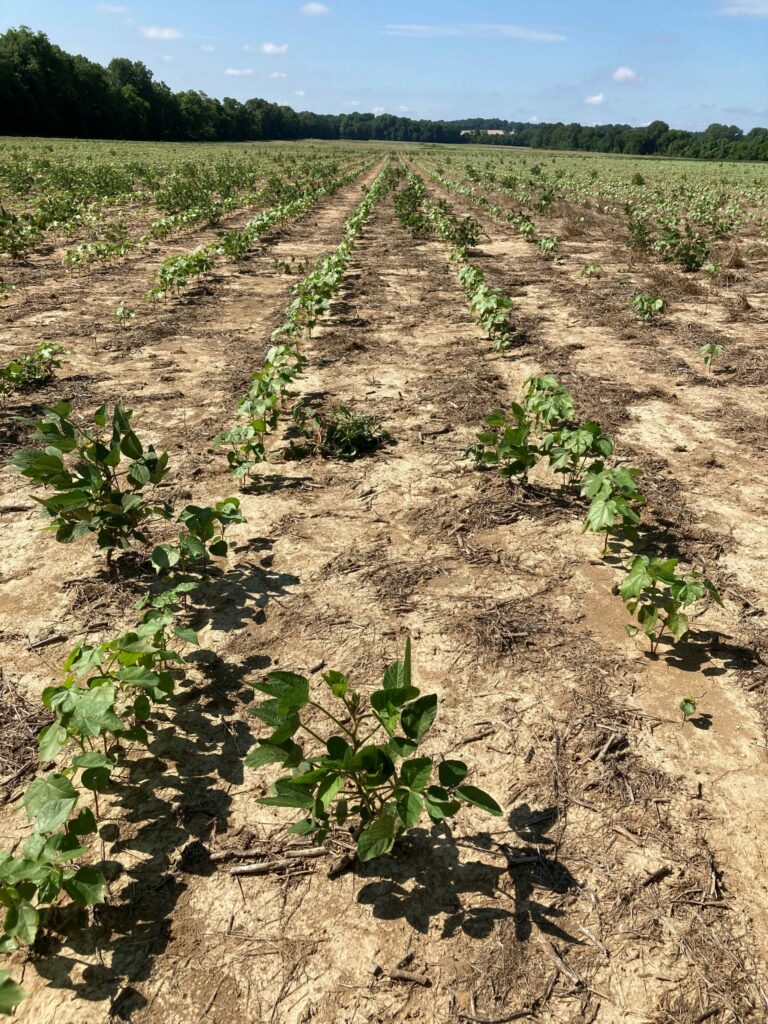
What are some options to control volunteer XtendFlex soybeans in XtendFlex cotton fields? As mentioned in an earlier blog both Envoke and Staple look to be potential answers to this new issue but without data it was difficult to say. It was brought to my attention that Dr. Alan York, emeritus Professor at North Carolina State University, actually has some data on this problem. A study was conducted in North Carolina and Georgia in 2000 and 2001 with the objective of examining if Envoke, Staple or MSMA could control Roundup Ready volunteer soybean in Roundup Ready cotton. Continue reading
Weed Management Strategies Following Early Corn Harvest that will be Planted to Wheat
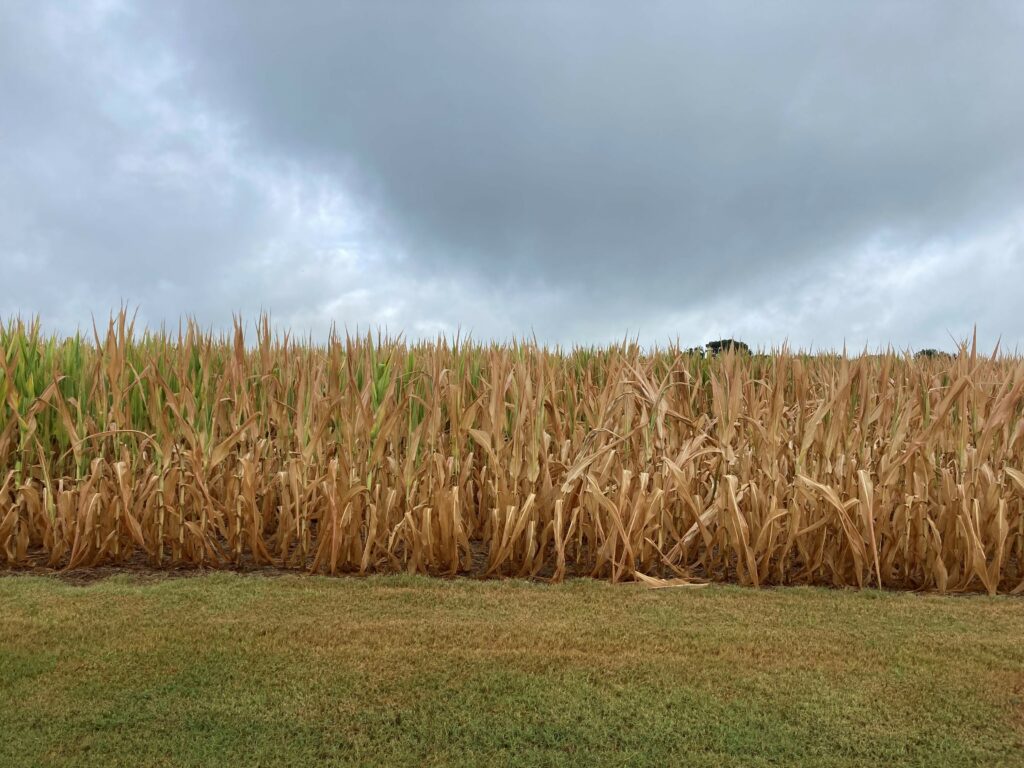
The long hot and mostly dry June and July have driven a good bit of our corn crop to premature maturity. Similar to the drought of 2012 when the corn crop burned up, I would expect a good bit of the prematurely matured corn will be harvested in August and early September. In 2012 a good bit of that early harvested corn was planted to wheat well before the fly free date. I expect many will manage this disappointing corn crop similarly this fall. Continue reading
Auxin Herbicide Stewardship
This long, hot and mostly dry spell has made this growing season a real challenge. Hopefully, we will catch a break this week and can get some much-needed general rain across the state. Herbicide drift is even harder for crops to recover from when drought stressed so please remember to use best management practices applying all herbicides but particularly products that contain dicamba and 2,4-D. Continue reading

